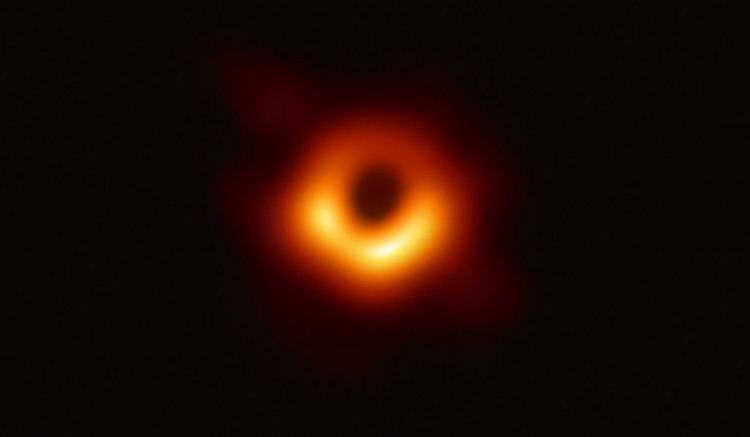The Tianma radio telescope, located in the fields at the foot of Sheshan Hill in Shanghai's Songjiang District, won the top prize at the 2018 Shanghai Science and Technology Awards on Wednesday. The telescope, with a diameter of 65 meters and height of 70 meters, made significant contributions in the long-term observations to capture the first image of a black hole in deep space.
Chinese experts considered the event as a milestone after they have produced the most direct evidence of the existence of the black hole. The image captures the black hole at the center of M87, a large galaxy located in the nearby Virgo galaxy cluster. The black hole resides a million light-years from Earth with a mass 6.5 billion times that of the sun.
The telescope currently ranks No.1 in Asia and No.3 in the world for its overall performance following the 110-meter diameter Green Bank Telescope in the United States and the 100-meter diameter Effelsberg Telescope in Germany. The telescope is part of the East Asia Very Long Baseline Interferometry Network, or EAVN.
The telescope was not involved directly on the black hole image. However, scientists from Shanghai said that the capability of the telescope to see other phenomena in the universe on certain wavelengths contributed to the precise calibration of the final data for the image.
According to Shen Zhiqiang, head of the Chinese Academy of Sciences' Shanghai Astronomical Observatory and a member of the Event Horizon Telescope (EHT) international team, said that the equipment capturing the signals that were eventually translated into the image detected wavelengths of 1.3 millimeters, and there was no corresponding equipment in China. EHT, composed of more than 200 astronomers worldwide linked via a globe-spanning array of eight ground-based radio telescopes, assembled the image of the black hole.
Radio telescopes work differently with an optical telescope. Radio telescopes pick up radio emissions from the universe which are processed by scientists as they draw sky maps. Many celestial bodies, including black holes and rotating stars, are only detectable in the radio frequency portion of the telescope's electromagnetic spectrum.
Tianma is capable of picking up eight different frequency bands which makes it powerful enough to observe celestial bodies that are more than 10 billion light-years away. According to scientists, the telescope can pick up phone calls from the Earth if it was on Mars. Tianma radio telescope plays a significant role in the exploration of China's Chang'e lunar probes. The Chinese Academy of Sciences Shanghai astronomical observatory said that it will play its part in a set of crucial missions in the near future, including China's first Mars probe in 2020 and the Jupiter probe in 2025.






